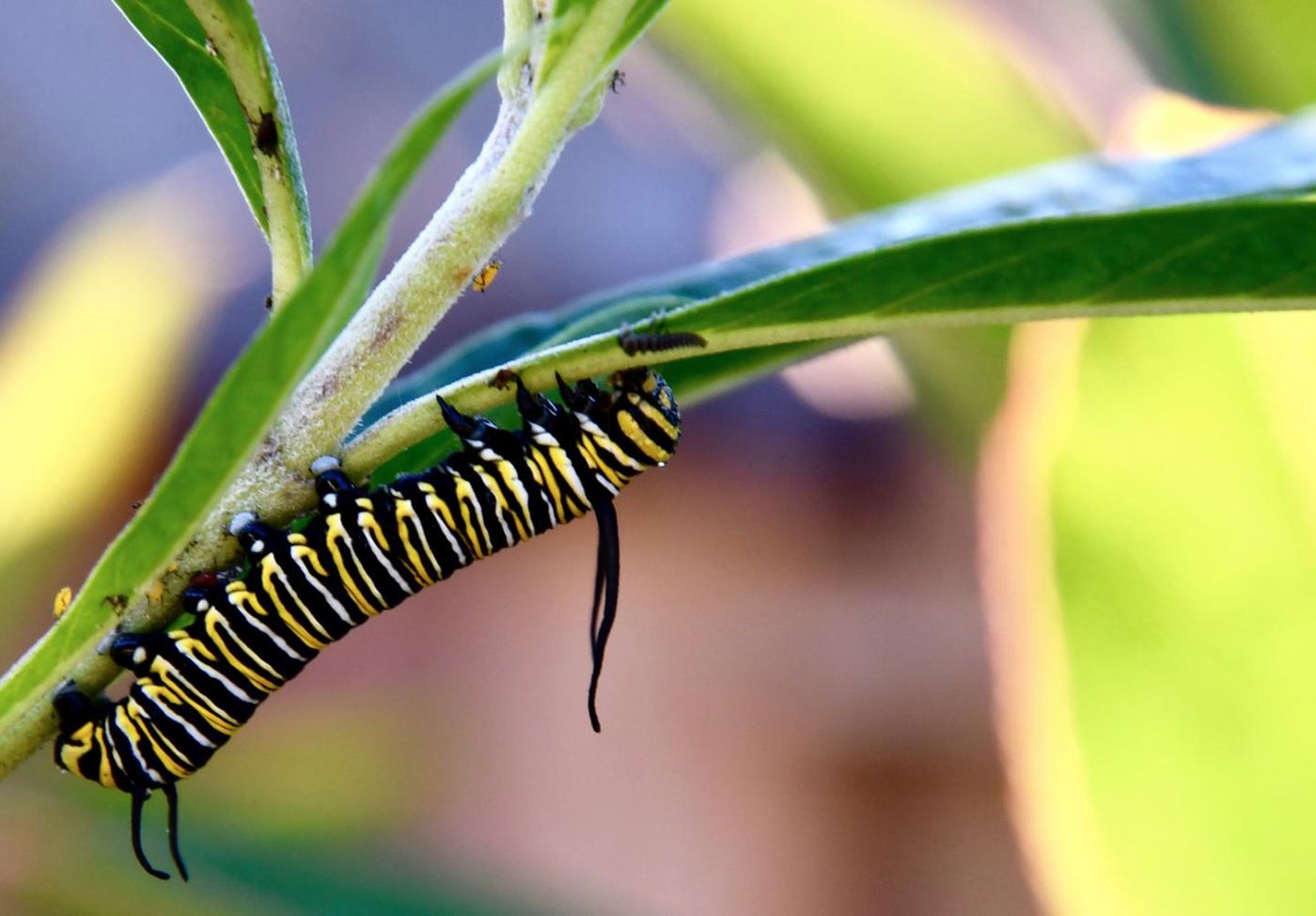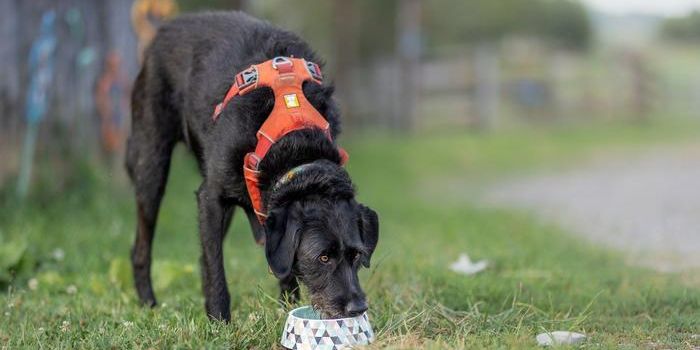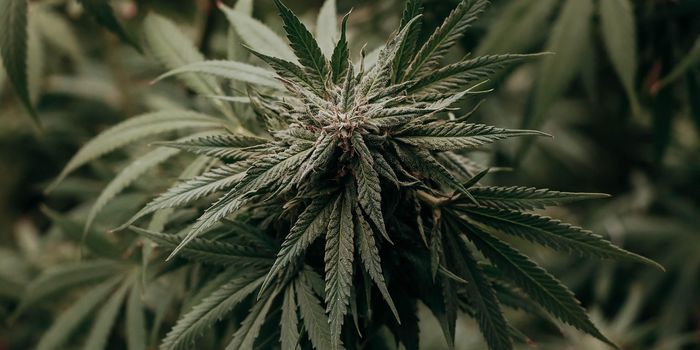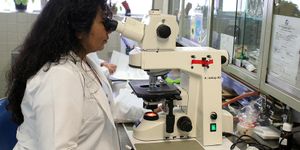As Winters Warm, Animals and Plants are on the Move
While there was a brutal winter storm in the Texas region only a few weeks ago, climate change is causing winters to warm overall across the southern United States. As this happens, animals and plants that prefer tropical weather are moving north, according to a new study in Global Change Biology. While some species like sea turtles and the Florida manatee may benefit from the expansion of their ranges, the invasive Burmese python, destructive beetles, and mosquitoes that carry disease will be less welcome in new areas.
"Quite a few mosquito species are expanding northward, as well as a lot of forestry pests: bark beetles, the southern mountain pine beetle," said study co-author Caroline Williams, associate professor of integrative biology at the University of California, Berkeley. "In our study, we were really focusing on that boundary in the U.S. where we get that quick tropical-temperate transition. Changes in winter conditions are one of the major, if not the major, drivers of shifting distributions."
Freezes happen every winter in the transition zone, and this area acts like a barrier against species that prefer more stable temperatures, explained Williams, whose specialty is how freezes and snow in winter affect species survival.
"For the vast majority of organisms, if they freeze, they die," she said. "Cold snaps like the recent one in Texas might not happen for 30 or 50 or even 100 years, and then you see these widespread mortality events where tropical species that have been creeping northward are suddenly knocked back. But as the return times become longer and longer for these extreme cold events, it enables tropical species to get more and more of a foothold, and even maybe for populations to adapt in situ to allow them to tolerate more cold extremes in the future."
In this work, the researchers assessed how warmer winters might impact a wide variety of tropical plants and animals found in the southern US that are sensitive to the cold. They determined that tropical species including insects, reptiles, fish, mammals, grasses, and trees are expanding their ranges. Salt-tolerant, tropical mangroves, for example, are on the move, as are coastal sport fish that prefer warm waters, Cuban tree frogs, buffelgrass, and Brazilian pepper trees.
"We don't expect it to be a continuous process," said lead study author and USGS research ecologist Michael Osland. "There's going to be northward expansion, then contraction with extreme cold events, like the one that just occurred in Texas, and then movement again. But by the end of this century, we are expecting tropicalization to occur."
This work showed that the extreme cold snaps in New Orleans, Tampa, Tuscon, and San Francisco, have experienced rising winter temperatures over time. There are fewer days below freezing, and the coldest temperatures are not as cold in these cities, which all have weather records dating back to 1948 or earlier. Before 1980 for example, the mercury would typically fall below freezing for serval days each winter in San Francisco. But for the past two decades, that has only happened on one day.
The researchers said they expect that the ranges of at least 22 plants and animals will change. Cold-sensitive mangroves will keep moving, and they may move inland. Annual grasses like buffelgrass will keep moving into the desert Southwest, which is likely to displace temperate and freshwater forests and may fuel wildfires.
Problematic insects will keep moving too. Mosquitoes that transmit diseases including West Nile virus and encephalitis will probably move into new areas and put millions more people and more species at risk. The southern pine beetle, which can seriously damage pine forests, will also probably move northward.
There will also be impacts on fisheries and aquatic ecosystems.
"Unfortunately, the general story is that the species that are going to do really well are the more generalist species - their host plants or food sources are quite varied or widely distributed, and they have relatively wide thermal tolerance, so they can tolerate a wide range of conditions," Williams explained. "And, by definition, these tend to be the pest species; that is why they are pests: they are adaptable, widespread and relatively unbothered by changes in conditions, whereas, the more specialized or boutique species are tending to decline as they get displaced from their relatively narrow niche."
Overall, insect populations worldwide are in decline, she noted.
"We are seeing an alarming decrease in total numbers in natural areas, managed areas, national parks, tropical rain forests - globally," she added. " So, although we are seeing some widespread pest species increasing, the overall pattern is that insects are declining extremely rapidly.
"On a hopeful note, it is not that we are heading for [the] extinction of absolutely everything, but we need to prepare for widespread shifts in the distribution of biodiversity as climate, including winter climate, changes," Williams said. "The actions that we take over the next 20 years are going to be critical in determining our trajectory. In addition to obvious shifts, like reducing our carbon footprint, we need to protect and restore habitat for insects. Individuals can create habitat in their own backyards for insects by cultivating native plants that support pollinators and other native insects. Those are little things that people can do and that can be important in providing corridors for species to move through our very fragmented habitats."
Sources: AAAS/Eurekalert! via University of California - Berkeley, Global Change Biology









